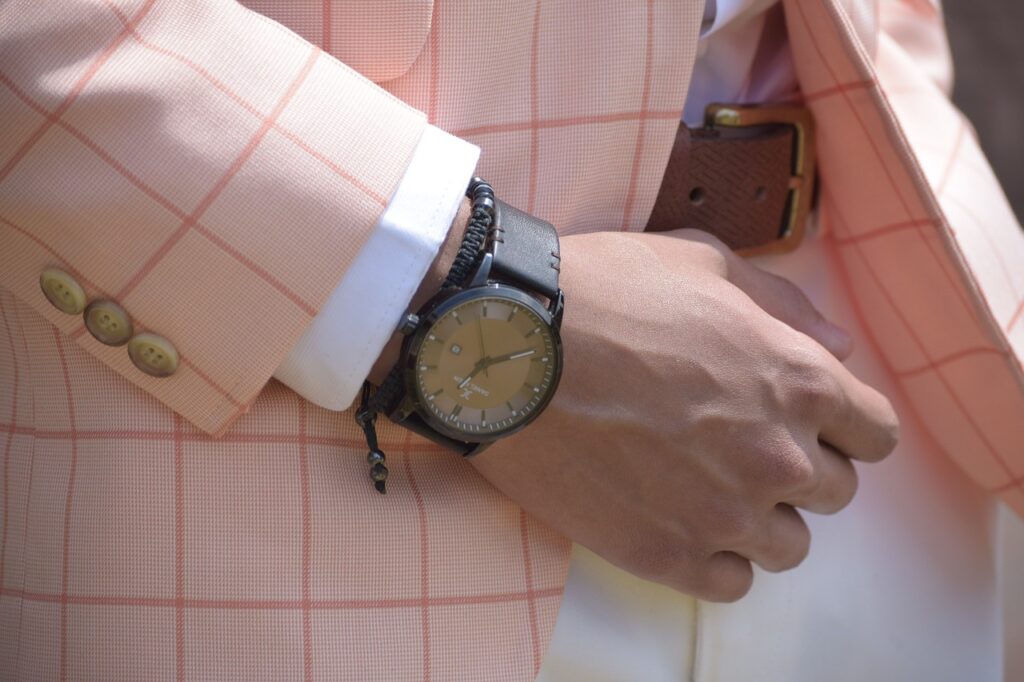Plaid, with its distinct criss-crossing lines and vibrant color combinations, has long been a symbol of individuality and cultural identity. From the tartan kilts of Scotland to the lumberjack-inspired flannel shirts of North America, plaid has a rich tapestry of stories woven into its very fabric. As fashion has evolved, this pattern has become a staple in the wardrobes of style-conscious individuals around the world, offering a unique way to express one’s personal flair.
The History and Significance of Plaid
The origins of plaid can be traced back to ancient Celtic civilizations, where the pattern was used to distinguish different clans and tribes. Over the centuries, plaid has been embraced by various cultures, each putting their own spin on the design. In the 18th century, the iconic tartan patterns of Scotland gained global recognition, becoming a symbol of national pride and heritage. Today, plaid continues to hold a special place in the hearts of fashion enthusiasts, who see it as a way to connect with the past while also expressing their contemporary style.
Different Types of Plaid Patterns
Plaid patterns come in a wide array of variations, each with its own distinct character and appeal. From the classic buffalo check to the bold and vibrant tartans, the possibilities are endless. Houndstooth, gingham, and windowpane are just a few of the other plaid-inspired patterns that have gained popularity in the fashion world. Exploring the nuances of these different designs can help you find the perfect plaid to suit your personal style.
Plaid Dress Codes for Different Occasions
One of the remarkable qualities of plaid is its ability to seamlessly transition between casual and formal settings. Whether you’re attending a laid-back brunch with friends or a sophisticated gala, there’s a way to incorporate plaid into your outfit that will elevate your look.
Casual Plaid Attire
For a casual, everyday look, consider pairing a plaid button-down shirt with your favorite pair of jeans and sneakers. Alternatively, a plaid skirt or dress can be dressed down with a denim jacket and ankle boots. The key is to balance the bold pattern with more subdued pieces, creating a harmonious and effortless ensemble.
Formal Plaid Dress Codes
Plaid can also be elevated for formal occasions. A well-tailored plaid suit or a floor-length plaid gown can add a touch of sophistication and elegance to your formal attire. Accessorize with understated jewelry and sleek, polished shoes to complete the look.
Incorporating Plaid into Your Work Attire
Navigating the professional world with plaid can be a delicate balance, but it’s a challenge worth embracing. A plaid blazer or a plaid-patterned blouse can add a touch of personality to your workwear, while still maintaining a polished and professional appearance. Pair these pieces with solid-colored trousers or a pencil skirt for a harmonious and office-appropriate ensemble.
Tips for Mixing and Matching Plaid with Other Patterns
One of the joys of working with plaid is its ability to be seamlessly combined with other patterns and textures. Experiment with pairing plaid with stripes, florals, or even polka dots to create dynamic and visually interesting outfits. The key is to pay attention to the scale and color palette of the patterns, ensuring they complement each other rather than clash.
Famous Fashion Icons Who Have Embraced Plaid
Throughout the years, numerous fashion icons have embraced the versatility of plaid, solidifying its place as a timeless and enduring style. From the rebellious punk rock aesthetic of Sid Vicious to the effortless chic of Kate Moss, plaid has been a sartorial staple for those who seek to express their individuality through their clothing.


